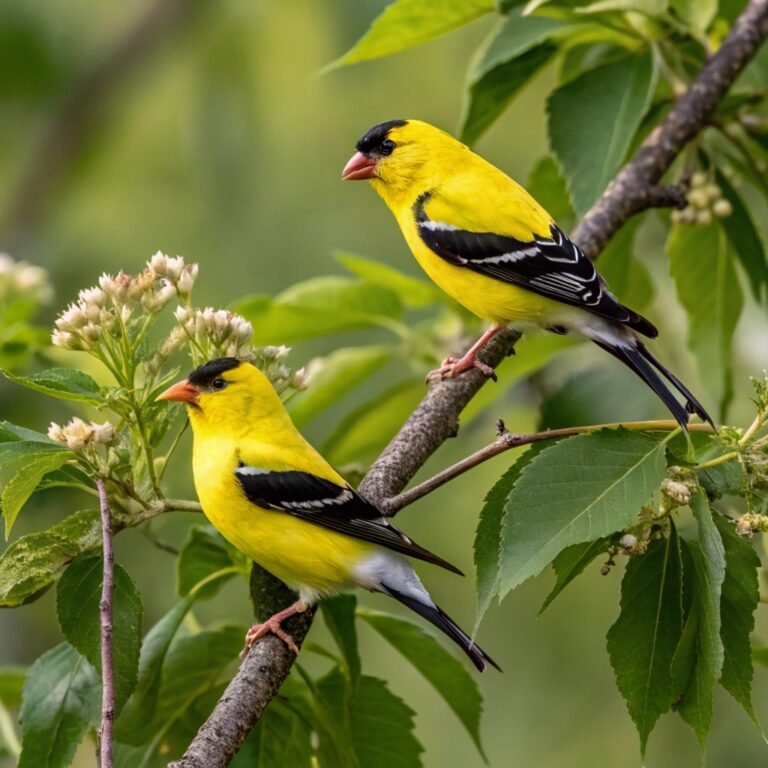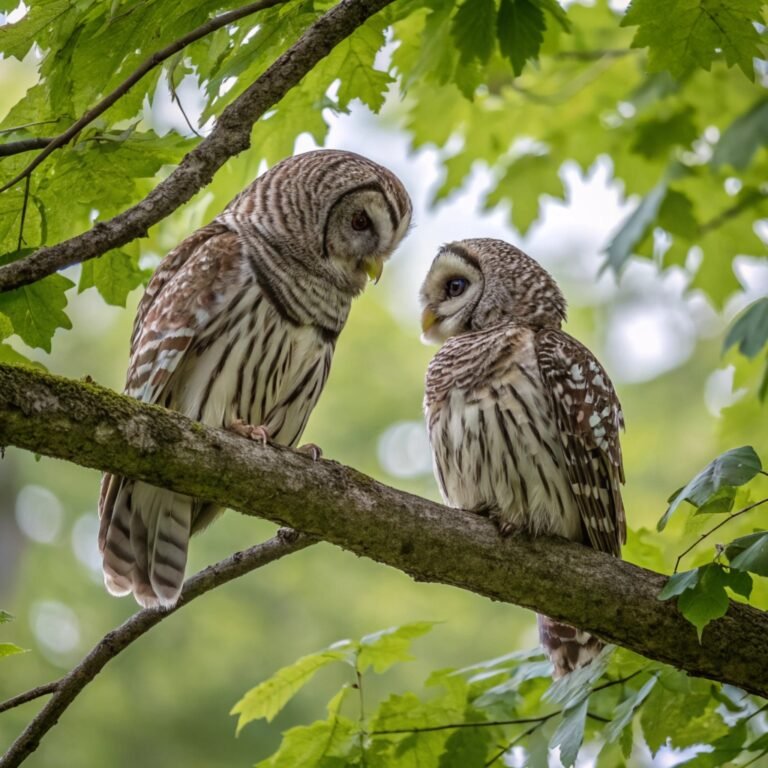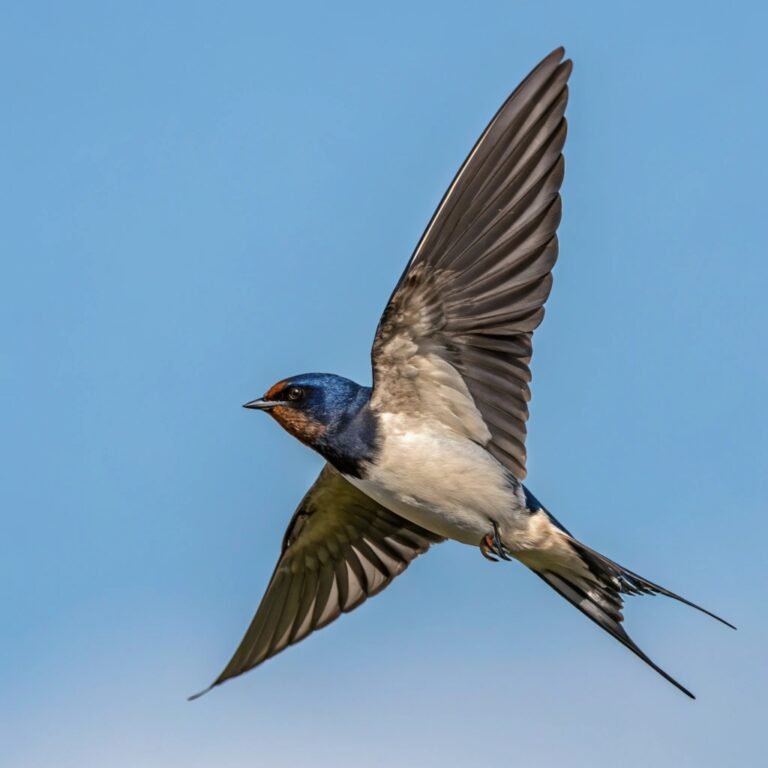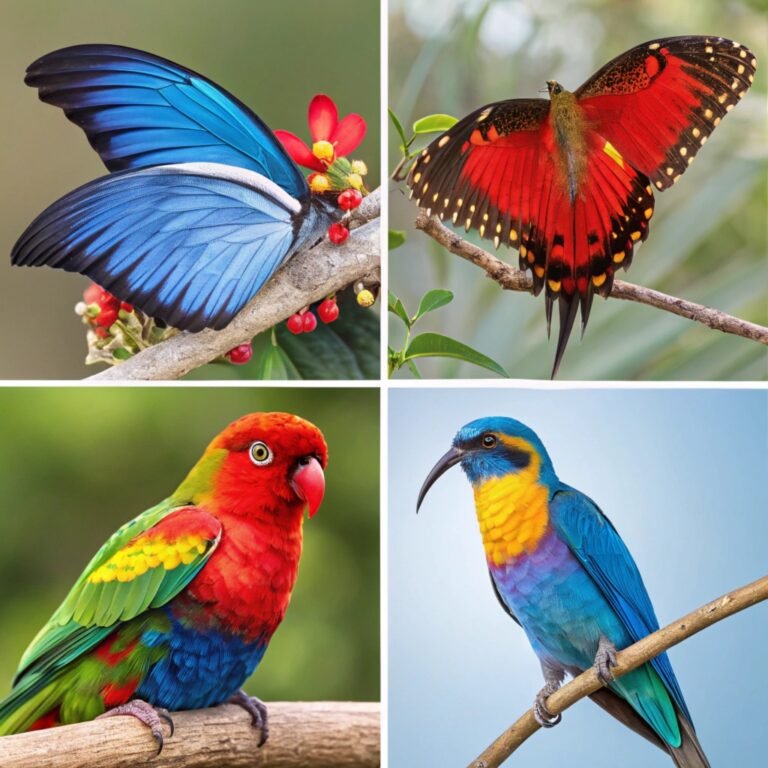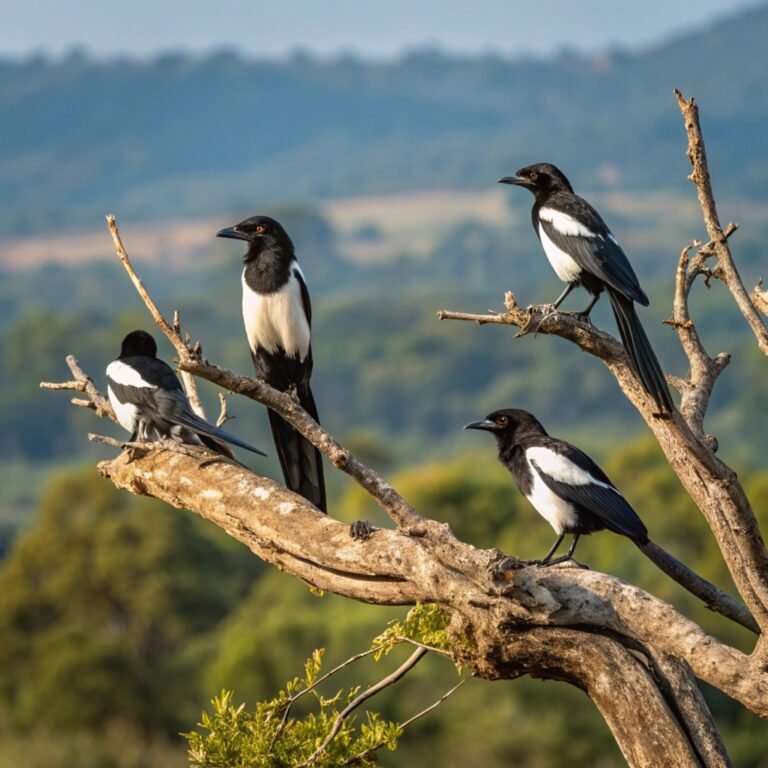13 Swan Symbolisms: A Comprehensive Guide to the Meaning and Significance
Swans have captivated human imagination for centuries, gliding gracefully across still waters and embodying a range of powerful symbolisms.
These majestic birds have left an indelible mark on cultures worldwide, representing everything from love and fidelity to transformation and spiritual awakening.
In this comprehensive guide, we’ll explore 13 profound swan symbolisms, delving into their rich history, cultural significance, and the lessons they offer us in our modern lives.

Key Takeaways
Before we dive deeper into the individual symbolisms, let’s highlight the core meanings associated with swans:
- Grace and Beauty: Swans epitomize elegance and aesthetic perfection
- Love and Fidelity: Known for their monogamous nature, swans symbolize lasting love
- Transformation: The “ugly duckling” story reflects personal growth and change
- Purity and Innocence: Often associated with their white plumage
- Spiritual Messenger: Believed to bridge the earthly and divine realms
- Inner Strength: Despite their serene appearance, swans are fiercely protective
- Balance: Gracefully navigate water, land, and air, symbolizing life balance
- Intuition: Connected to inner wisdom and emotional intelligence
- Royalty and Nobility: Historically associated with aristocratic symbolism
- Creativity and Artistic Expression: Linked to music, poetry, and the arts
- Self-love and Confidence: Encourage embracing one’s true beauty
- Adaptability: Thrive in various environments, symbolizing resilience
- Spiritual Awakening: Represent the journey of consciousness and enlightenment
Now, let’s explore each of these symbolisms in greater detail.
1. Grace and Beauty: The Epitome of Elegance
Swans are universally recognized as symbols of grace and beauty, their long, curved necks and pristine white feathers creating an image of effortless elegance. This symbolism is deeply ingrained in various cultures, from ancient Greek mythology to modern-day art and literature.
The swan’s graceful movements on water, seemingly gliding without effort, inspire us to move through life with poise and dignity. In many ways, the swan reminds us of the beauty that can be found in simplicity and the power of carrying oneself with confidence.
This symbolism encourages us to cultivate our own inner grace, to approach challenges with composure, and to recognize the beauty in our surroundings.
The swan’s elegance serves as a reminder that true beauty comes from within and is reflected in how we carry ourselves and interact with the world around us.
2. Love and Fidelity: A Model of Devotion

One of the most powerful symbolisms associated with swans is that of love and fidelity. Swans are known for their monogamous nature, often mating for life, which has made them a potent symbol of enduring love and unwavering commitment.
This symbolism is reflected in various cultural traditions, where swans are often featured in wedding ceremonies and romantic imagery. The sight of two swans swimming together, their necks forming a heart shape, has become an iconic representation of love.
Beyond romantic love, the swan’s devotion to its mate and offspring also symbolizes familial bonds and loyalty.
This aspect of swan symbolism encourages us to value and nurture our relationships, reminding us of the beauty and strength found in committed partnerships. It inspires us to strive for deep, meaningful connections and to remain faithful to those we love.
3. Transformation: The Journey of Personal Growth
The symbolism of transformation associated with swans is perhaps most famously illustrated in Hans Christian Andersen’s tale of “The Ugly Duckling.”
This story, where a seemingly unattractive duckling transforms into a beautiful swan, has become a powerful metaphor for personal growth and self-realization. The swan’s journey from an awkward, gray cygnet to a majestic adult bird mirrors our own paths of development and self-discovery.
This symbolism reminds us that true beauty often emerges through struggle and that our perceived flaws may be the very things that make us unique and valuable.
The transformative nature of the swan encourages us to embrace change, to have patience with our own growth processes, and to recognize the potential for beauty and grace within ourselves and others.
It serves as a powerful reminder that personal evolution is a natural and necessary part of life.
4. Purity and Innocence: The Symbolism of White
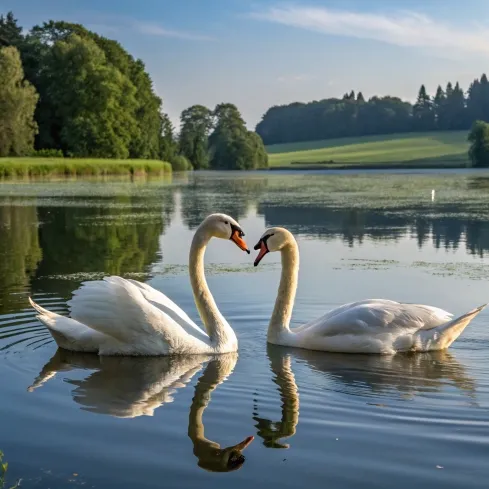
The white plumage of many swan species has long been associated with concepts of purity and innocence. This symbolism is prevalent in various religious and cultural contexts, where the swan’s pristine appearance is often linked to spiritual cleanliness and moral virtue.
In Christian symbolism, for instance, the swan can represent the purity of the Virgin Mary. The association with innocence also ties into the swan’s role in fairy tales and mythology, where they often represent unspoiled beauty or untainted souls.
However, it’s important to note that this symbolism goes beyond mere appearance. The swan’s purity also relates to its habitat, often found in clean, clear waters, further reinforcing its connection to purity in nature.
This aspect of swan symbolism encourages us to strive for clarity in our thoughts and actions, to maintain our integrity, and to appreciate the beauty of unspoiled things.
5. Spiritual Messenger: Bridging Realms
In many cultures, swans are viewed as spiritual messengers, believed to bridge the gap between the earthly and divine realms.
This symbolism is rooted in the swan’s ability to navigate multiple elements – water, land, and air – which has been interpreted as a representation of moving between different states of consciousness or spiritual planes.
Native American traditions, for instance, often see the swan as a sacred animal capable of carrying messages from the spirit world.
This symbolism of the swan as a spiritual intermediary encourages us to be open to messages from the universe, to trust our intuition, and to seek deeper spiritual connections in our lives.
It reminds us that there may be more to our existence than what we perceive on the surface and invites us to explore the deeper, spiritual aspects of our being.
6. Inner Strength: The Power Behind Grace
While swans are often associated with grace and beauty, they also symbolize inner strength and fierce protection. Despite their serene appearance, swans are known to be territorial and protective, especially when it comes to their nests and offspring.
This duality in the swan’s nature – outward grace coupled with inner power – offers a profound lesson. It reminds us that true strength often lies beneath a calm exterior and that we can be both gentle and powerful.
The swan’s protective nature also symbolizes the importance of standing up for what we believe in and protecting those we love.
This aspect of swan symbolism encourages us to cultivate our inner strength, to be resilient in the face of challenges, and to find the balance between gentleness and assertiveness in our lives.
7. Balance: Navigating Life’s Elements

Swans demonstrate remarkable balance in their ability to gracefully navigate water, land, and air. This versatility has made them a symbol of balance and adaptability in various aspects of life.
The swan’s ease in different environments reminds us of the importance of maintaining equilibrium in our own lives – balancing work and leisure, material and spiritual pursuits, personal needs and the needs of others.
The image of a swan gliding smoothly across water, while paddling vigorously beneath the surface, serves as a metaphor for maintaining composure in challenging situations.
This symbolism encourages us to strive for balance in our lives, to adapt to changing circumstances with grace, and to remember that what appears effortless often requires unseen effort and perseverance.
8. Intuition: Connecting with Inner Wisdom
Swans are often associated with intuition and emotional intelligence. Their ability to navigate by instinct and their seeming connection to unseen realms have made them symbols of inner wisdom and intuitive knowledge.
In many spiritual traditions, the swan represents the soul and its journey towards higher consciousness. This symbolism encourages us to trust our inner voice, to listen to our gut feelings, and to develop our emotional intelligence.
The swan’s connection to water, which often symbolizes the realm of emotions and the subconscious, further reinforces this association with intuition.
By embracing the swan’s symbolism of intuition, we are reminded to look beyond the surface, to trust our instincts, and to cultivate a deeper understanding of ourselves and the world around us.
9. Royalty and Nobility: A Symbol of Distinction
Throughout history, swans have been associated with royalty and nobility, particularly in European cultures. In England, for instance, all mute swans are traditionally considered property of the Crown.
This regal association stems from the swan’s majestic appearance and the fact that they were often kept in royal parks and estates.
The phrase “swan song,” referring to a final gesture or performance, also ties into this noble imagery, suggesting a dignified and memorable farewell. This aspect of swan symbolism reminds us of the importance of carrying ourselves with dignity and self-respect.
It encourages us to recognize our own inherent nobility, not in terms of social status, but in the way we conduct ourselves and treat others.
10. Creativity and Artistic Expression: Inspiration for the Arts
Swans have long been a source of inspiration for artists, poets, and musicians. In Greek mythology, swans were sacred to Apollo, the god of music and poetry.
The belief in the swan’s beautiful song before death (the “swan song”) has inspired countless works of art and literature. Ballet, in particular, has embraced the swan’s grace and beauty, most famously in Tchaikovsky’s “Swan Lake.”
This connection to the arts makes the swan a powerful symbol of creativity and artistic expression. It reminds us of the transformative power of art and encourages us to embrace our own creative impulses.
The swan’s symbolism in this context invites us to express ourselves authentically, to find beauty in our surroundings, and to use our unique voices to create and inspire.
11. Self-love and Confidence: Embracing Inner Beauty
The swan’s symbolism of self-love and confidence is closely tied to its associations with beauty and transformation. The story of the ugly duckling, in particular, carries a powerful message about recognizing and embracing one’s true self.
This symbolism encourages us to look beyond superficial appearances and to appreciate our own unique qualities. The swan’s confident demeanor, despite its awkward early stages, reminds us that true beauty comes from self-acceptance and inner confidence.
By embracing this aspect of swan symbolism, we are inspired to cultivate self-love, to recognize our own worth, and to carry ourselves with the same grace and assurance as these majestic birds. It’s a reminder that when we truly accept and love ourselves, we radiate a beauty that goes far beyond physical appearance.
12. Adaptability: Thriving in Various Environments
Swans demonstrate remarkable adaptability, thriving in various aquatic environments from freshwater lakes to coastal areas. This ability to flourish in different settings has made them a symbol of resilience and flexibility.
In our own lives, the swan’s adaptability encourages us to be open to change and to find ways to thrive in new or challenging circumstances. Just as swans migrate across vast distances, adapting to new habitats along the way, we too can learn to navigate life’s changes with grace and resilience.
This symbolism reminds us that adaptability is a key to survival and success, both in nature and in our personal and professional lives.
It encourages us to remain flexible in our thinking and approaches, to embrace new experiences, and to find opportunities for growth in changing circumstances.
13. Spiritual Awakening: The Journey of Consciousness
In many spiritual traditions, the swan represents the journey of consciousness and spiritual awakening. The swan’s ability to move between water (symbolizing the subconscious), land (the conscious realm), and air (the spiritual dimension) makes it a powerful symbol of spiritual transcendence.
In Hinduism, for instance, the swan or “hamsa” represents the soul and divine breath. This symbolism encourages us to embark on our own spiritual journeys, to seek higher understanding, and to strive for enlightenment.
The swan’s transformation from an awkward cygnet to a graceful adult can be seen as a metaphor for spiritual growth and self-realization.
By embracing this aspect of swan symbolism, we are reminded of our own potential for spiritual awakening and the importance of nurturing our inner growth and understanding.
Cultural Significance in Myths and Legends
Swans have played significant roles in myths and legends across various cultures, further enriching their symbolic meanings:
Greek Mythology: In Greek mythology, swans are closely associated with Apollo, the god of music and poetry. The myth of Leda and the Swan, where Zeus transforms into a swan to seduce Leda, has been a popular subject in art and literature for centuries. This story emphasizes the swan’s connection to divine transformation and love.
Celtic Mythology: In Celtic traditions, swans are often linked to the Otherworld and possess magical qualities. The famous Irish legend of the Children of Lir tells the story of four children transformed into swans for 900 years, symbolizing endurance and eventual liberation.
Swans in Celtic lore are also associated with Brigid, the goddess of poetry, healing, and smithcraft.
Native American Traditions: Many Native American tribes view swans as sacred beings. In some traditions, they are seen as messengers between the physical and spiritual worlds. The Tlingit people of the Pacific Northwest, for example, believe that swans can transform into humans and vice versa, symbolizing the fluid nature of existence.
Hindu Mythology: In Hinduism, the swan or “hamsa” holds a special place. It is the vehicle of Saraswati, the goddess of knowledge, music, and the arts. The swan in Hindu tradition symbolizes the ability to discern truth from falsehood, as it is said to be able to separate milk from water when mixed.
These cultural narratives not only enrich the symbolism of swans but also demonstrate their universal appeal and the deep-rooted human fascination with these majestic birds. They remind us of the swan’s power to inspire, transform, and connect us to higher realms of understanding and existence.
FAQs
What does it mean if a swan appears in your dream?
Dreaming of a swan often symbolizes grace, beauty, and transformation. It may indicate a period of personal growth or the need to embrace your inner beauty. The context of the dream is important – a peaceful swan might suggest harmony in your life, while an aggressive swan could represent protective instincts or unresolved conflicts.
Are black swans symbolic too?
Yes, black swans often symbolize the mysterious, unexpected, or rare. They can represent the beauty in uniqueness and the power of standing out. In some cultures, black swans are associated with rebirth and the hidden aspects of the self. Their rarity in nature has also made them a symbol of the exceptional and the transformative power of embracing one’s differences.
How do swans symbolize love?
Swans mate for life, making them powerful symbols of enduring love, fidelity, and commitment in relationships. Their graceful, synchronized movements when swimming together have become an iconic representation of harmony in partnerships. The image of two swans forming a heart shape with their necks is a widely recognized symbol of romantic love.
What does the swan song represent?
The “swan song” refers to a final gesture or performance, based on the myth that swans sing beautifully before they die. It symbolizes a memorable farewell or final act. This concept has been used metaphorically in literature and art to represent a person’s final creative work or a poignant, final expression before death or retirement.
How are swans viewed in different cultures?
Swans hold various meanings across cultures. In Celtic mythology, they’re associated with the Otherworld and transformation. In Hinduism, they represent the soul and divine knowledge. Native American traditions often see them as spiritual messengers.
In European folklore, swans are frequently linked to royalty and nobility. These diverse cultural interpretations highlight the swan’s universal appeal and its ability to embody complex spiritual and philosophical concepts.

Hello, I’m Emily Price, the founder of Birds Affection. As a passionate bird enthusiast and spiritual seeker, I’ve always been fascinated by the symbolic meanings and mystical connections between birds and our lives. On this website, I share my knowledge and insights on the spiritual significance of various bird species, exploring their roles as messengers, guides, and teachers. Through my writing, I aim to inspire and educate others on the profound wisdom and beauty that birds bring to our world. Join me on this journey as we delve into the enchanting realm of bird symbolism and discover the hidden meanings behind these magnificent creatures.


